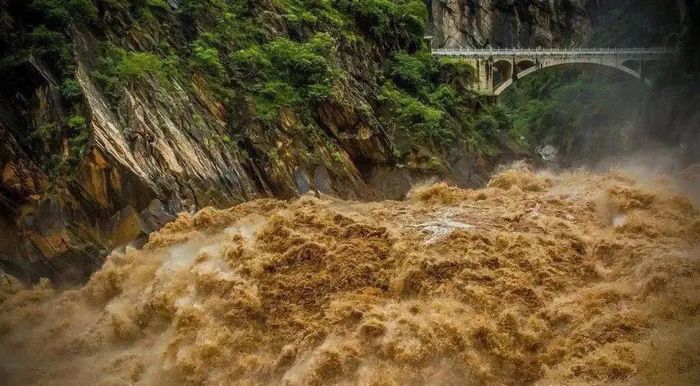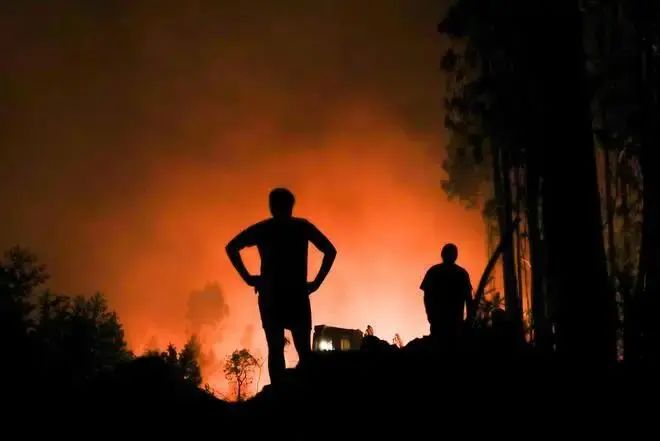On Disaster Emergency Management of Overseas Projects under Climate ChangeIssuing time:2022-08-26 10:55 The recent editorial of The Lancet magazine pointed out that climate change caused by human activities has greatly increased the possibility of the outbreak of extreme heat waves, wildfires, mountain torrents and other natural disasters, and the consequences have become more serious. The impact of climate change on human health has been greatly underestimated. Mitigation measures may save lives in the short term, but only global political action can reverse the upward trend in heat related deaths. In recent years, various parts of China have also been attacked by cold waves, floods, droughts and other natural disasters for many times, and many natural disasters have occurred, causing heavy casualties and economic losses. For overseas projects, most of them are located in underdeveloped countries and regions such as Asia, Africa and Latin America, with poor infrastructure and harsh natural environment. Natural disaster response has become an important part of project safety management.
Generally speaking, emergency management has four stages: mitigation, preparation, response and recovery. Emergency management is a periodic work, and the project is in at least one emergency management stage at any time. Mitigation stage: the measures in this stage are mainly to reduce the hidden dangers, impacts and consequences of disasters. As far as the project is concerned, safety management is the focus of the work, and the troubleshooting of disaster hazards is an essential link. In terms of security, it is also necessary to regularly inspect all kinds of emergency supplies and emergency sites, and reduce or eliminate all kinds of disaster hazards. In addition, buying insurance is an effective way to reduce disaster losses. Preparation stage: this stage is mainly for preparing plans, training and drills for disasters that cannot be mitigated or prevented. Many natural disasters can not be avoided. While ensuring a regular period, the preparation stage is the key to disaster emergency management, which determines the level of disaster emergency management. Under normal circumstances, well executed emergency preparedness can effectively reduce casualties and property losses caused by disasters. Generally speaking, the preparations for disaster response mainly include the following: 1. Formulate a detailed emergency plan. The plan generally includes reference standards and disaster classification, emergency management command system, prevention and early warning, emergency disposal process, emergency personnel materials and facilities support, emergency evacuation route, training and drill, etc. For overseas projects, emergency vehicles (oil), walkie talkies, satellite phones, food and drinking water, generators, medical first aid supplies, reserve funds, emergency sites, etc. are essential, and local police stations, hospitals, governments and other institutions should also be sought for advice and assistance. The emergency plan shall be updated in a timely manner according to the changes of the site conditions. 2. Emergency training and drill. Each project employee shall be trained in the emergency plan, including simple first aid, and regularly organized drills to enhance their risk awareness and emergency response capabilities. After the drill, the deficiencies of the plan shall be supplemented and improved. 3. Save important information and documents. In order to recover from disasters as soon as possible, the backup of computer data and important archives is very important. The insurance policy, bank information, customer and supplier list and other data can be scanned, backed up and uploaded to the cloud. The address book of on-site personnel should also be backed up and updated in a timely manner.
Response phase: the response phase starts immediately after the disaster, and normal business cannot be carried out during the response phase. Whether personal safety and property safety can be effectively guaranteed in an emergency and whether the response phase will last for a long time depends on the severity of the disaster and the implementation of emergency preparedness. At this stage, corresponding emergency plans shall be implemented according to different types and levels of disasters, and rescue operations shall be carried out to protect the personal safety of others on the premise of ensuring their own safety. It is necessary to seek the help of local relevant departments or embassies and consulates according to the actual situation. At the same time, it is necessary to control the public opinion to a certain extent to ensure that the local personnel and Chinese employees do not spread rumors and do not disclose sensitive project information on social media. If the response is appropriate, emergencies such as small-scale local events can be effectively solved by using existing resources. However, if the preparation is insufficient and the response is not effective, the emergency may also escalate into a disaster. Recovery phase: In the recovery phase, the recovery work and normal business can be carried out simultaneously, and the recovery period caused by disasters may be very long. In the recovery phase, other secondary disasters brought by disasters should be prevented, such as infectious diseases, water pollution, fire, mental health of personnel, etc. For casualties and property losses, after rescue, they should be checked and made a loss list, take photos or videos to record the losses, keep receipts of various expenses related to the disaster, and contact the insurance company to start the claim process. With the increase of extreme weather caused by climate change, the frequency and intensity of various natural disasters are increasing, which brings great challenges to the security management of overseas projects. The overseas security management should actively do a good job in the four stages of emergency work, to maximize the personal safety and property safety of customers' overseas projects. This article was originally created by China Shipping International Security Risk Assessment Department. If you need to reprint it, please contact our company. |



